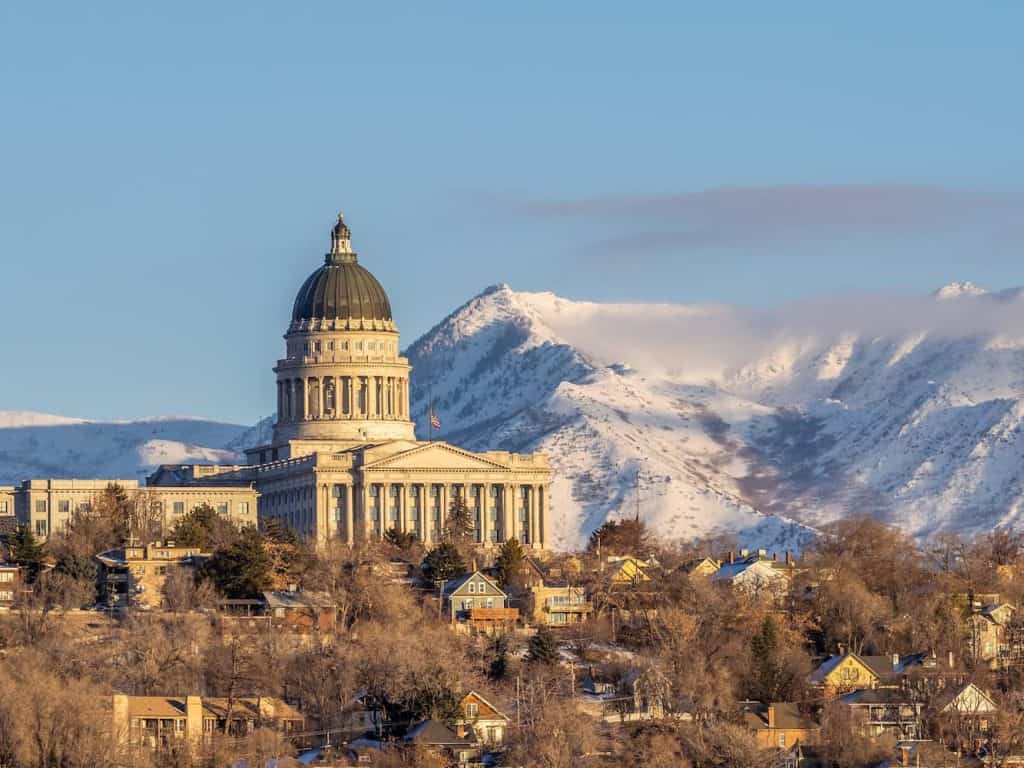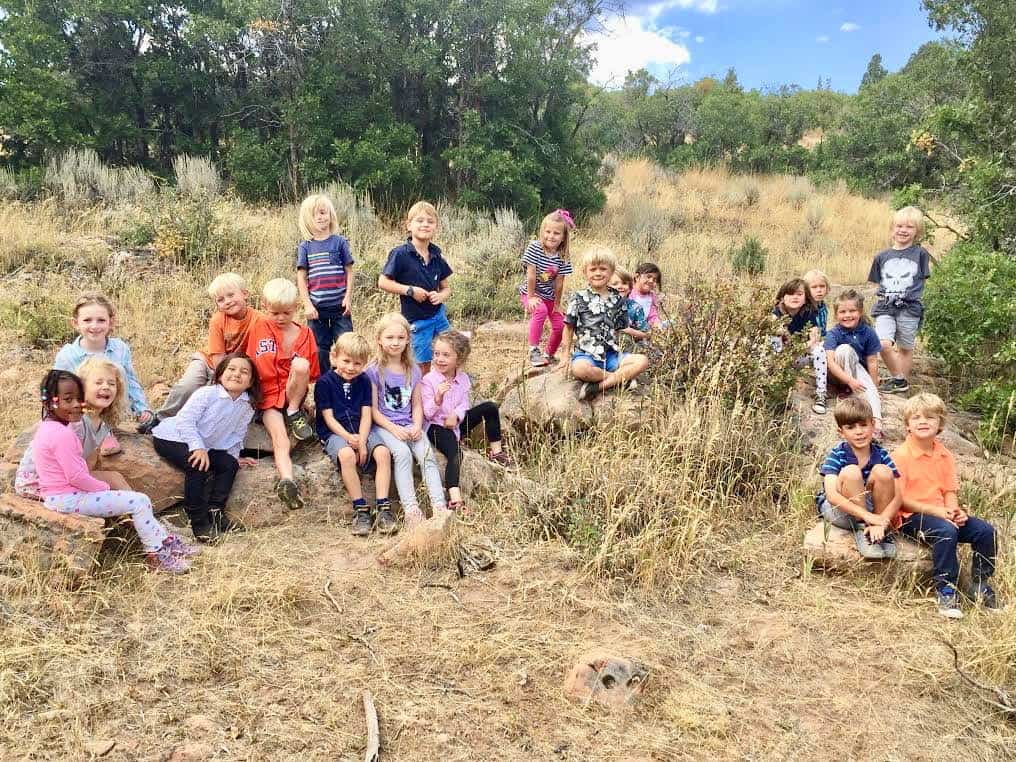
Utah’s Statehood
At Statehood in 1896, Congress granted Trust Lands to the new state of Utah with the provision that revenue earned from the sale or lease of the land be placed into permanent endowment for public schools. Since then, beneficiaries have been added to include Utah Schools for the Deaf, Utah Schools for the Blind, Utah State Hospital, Juvenile Justice Services, Miners Hospital, University of Utah, Utah State University, Colleges of Education, College of Mines and Earth Sciences at the University of Utah, state reservoirs, and public buildings.
